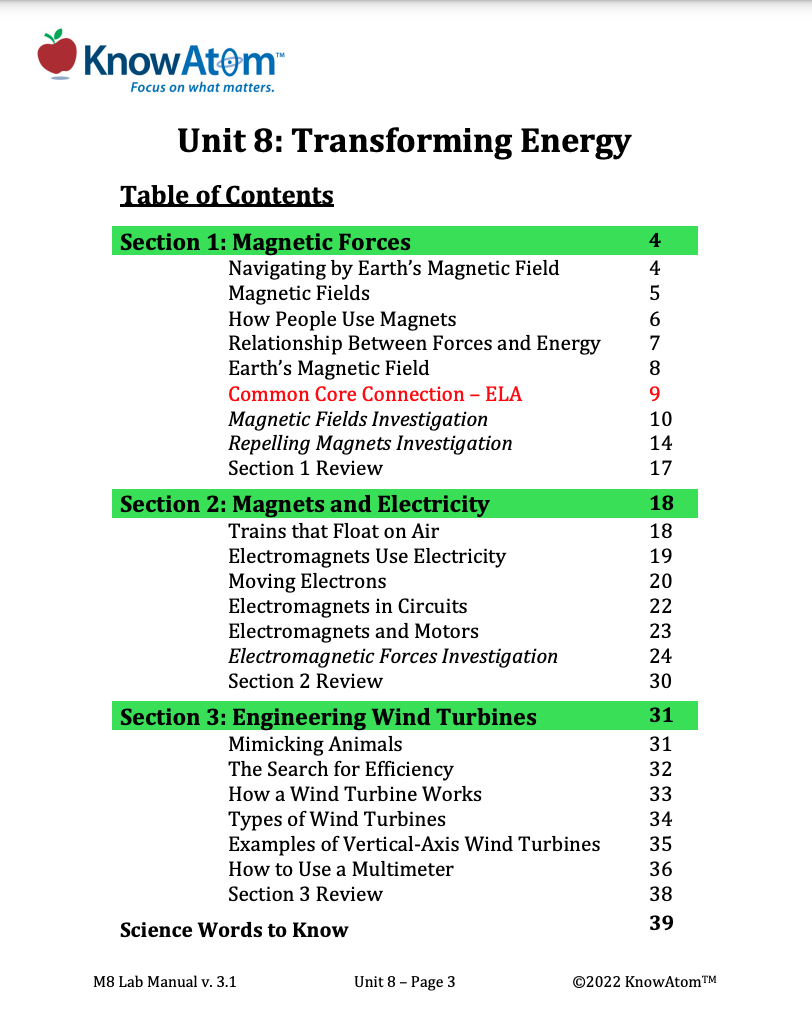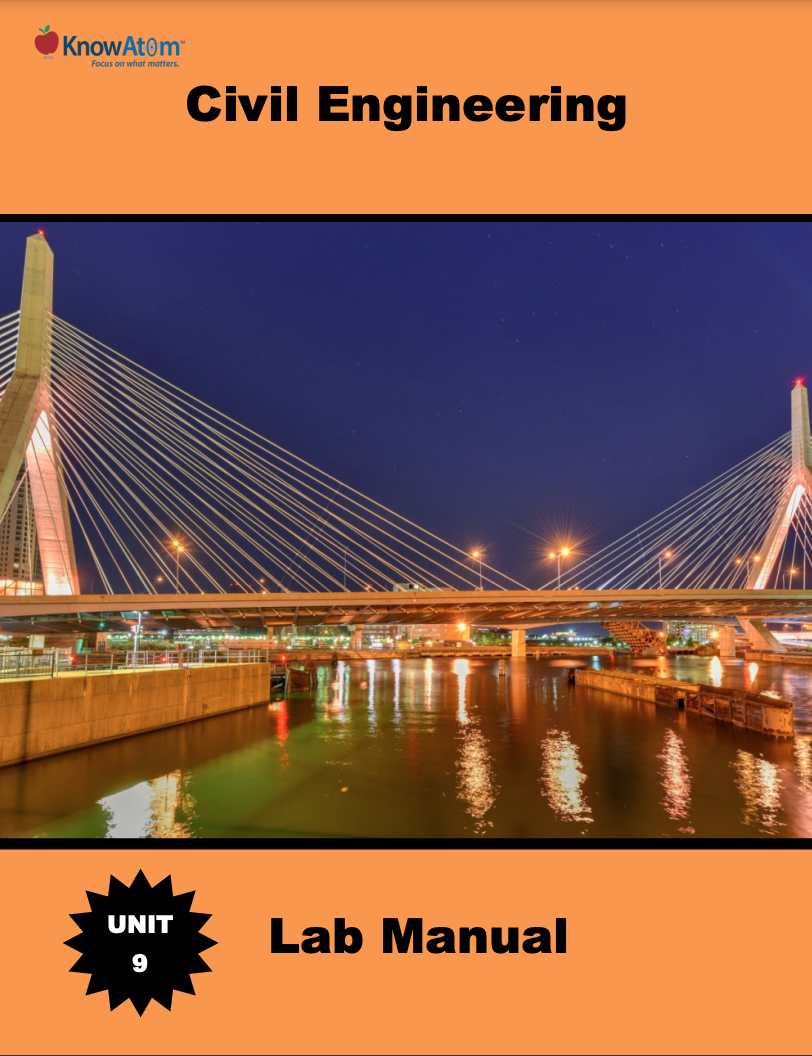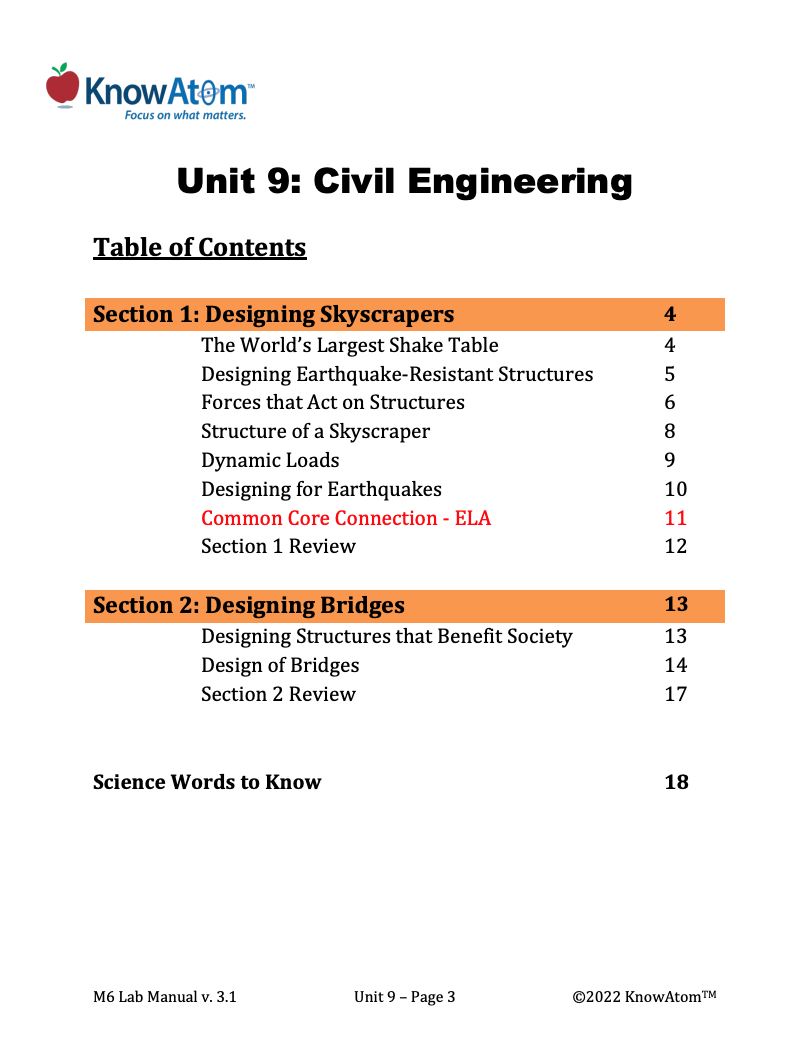
In this unit, students learn about science phenomena related to ecosystems, studying how all living things interact with and depend on other living things and the environment for survival. In this lesson, students explore how humans can create solutions to protect ecosystems by designing an engineering solution for coastal erosion.This page provides an overview of this lesson.
.png)
In this unit, students focus on interactions between the hydrosphere and the geosphere as they explore the phenomena of groundwater in human development. For this lesson, they engineer a water filtration device to treat samples of simulated polluted stormwater runoff. This page highlights key components of this lesson.

In this unit, students explore forest ecosystems, studying the science phenomena of interactions between living things and the environment. In this lesson, students build on their understanding of how energy affects the growth of organisms by exploring the phenomena of forest food webs, and analyzing how the phenomena of drought can have a ripple effect through the ecosystem. This page showcases all components of this lesson.

In this unit, students explore how engineers and architects design structures that help human populations survive and thrive in their environment. Students take on the challenges of civil engineers as they design different types of bridges to discover a design that can carry the maximum load. This page highlights the components of this lesson.
Standards citation: NGSS Lead States. 2013. Next Generation Science Standards: For States, By States. Washington, DC: The National Academies Press. Neither WestEd nor the lead states and partners that developed the Next Generation Science Standards were involved in the production of this product, and do not endorse it.
